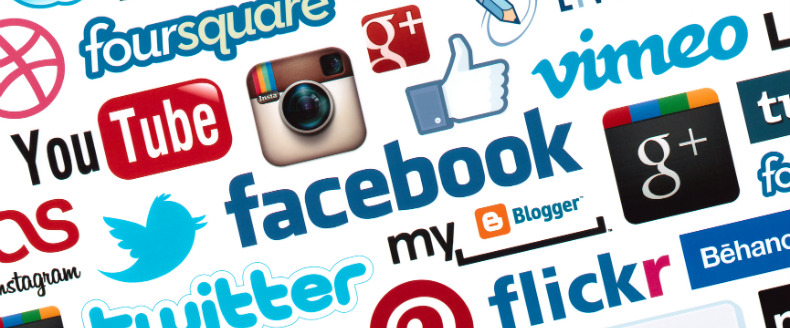Jeanette Russell’s post originally appeared on the Attentive.ly blog.
Social listening gives organizations unprecedented insight into their donors’ lives and an opportunity for richer engagement through personalization. Far beyond surveys, focus groups or feedback forms, nonprofits have the ability to analyze, in real time, what their donors think, feel, and care about — and can react with predetermined triggers or send personalized marketing messages.
What Donor Retention Says About Engagement
Donor retention is an ongoing problem for many nonprofits. The 2014 Fundraising Effectiveness Project report evaluated data from 3,576 nonprofits, which showed that the median donor retention rate was 43% in 2013. That means only 43% of 2012 donors made repeat gifts to the surveyed nonprofits in 2013. The report also cited that that for every 100 donors gained, 102 were lost through attrition. That is, 102% of the donors gained were offset by lapsed donors.
Nonprofits are well aware of this problem. According to the 2015 Nonprofit Communications Trends Report, the top nonprofit communication goals for 1,535 of those surveyed was 1) engaging community, 2) retaining current donors (vs donor acquisition), and 3) brand awareness.
Broadly speaking, donor revenue largely depends on how engaged an audience is with their programs. The more engaged, the higher donations per-supporter. Retaining donor engagement is, in some ways, more difficult than recruiting new donors because of expectations around personalization.
Engaging Donors Year Round with Personalized Content
While the solutions for donor retention are complex, one thing we do know is that year-round engagement is key. Many donors want to feel like they have a relationship with an organization. Building this relationship means much more than just emailing and direct-mailing a supporter –- ideally there is two-way communication and personalized messaging that appeals directly to them. This concept has been reserved for high donors in the past, but is quickly becoming what people expect of organizations.
3 Ways Social Listening Helps with Donor Retention
Social data enriched with social listening enables organizations to better engage their donors in three simple ways:
- Know which donors are on social. The first step is to find out which of your donors are on social and what platforms they use. With social data, you go from a simple email address to a rich profile revealing a donor’s social identity. However, just knowing if they are on social, their Klout score, age, preferred network, etc. isn’t enough. You also need to listen and turn unstructured social chatter into actionable insights.
- Create actionable insights. By listening to what a person is saying on social media, your organization can really understand which issues resonate with them and why — you can literally see how they are talking about your work. The key is to listen to your supporters by using search terms that are relevant to your organization. This is one of the most important steps in creating actionable insights from social data.
- Provide personalized multi-channel responses at scale. When a donor talks about your issue on Twitter or Facebook, it’s key to have the ability to easily segment and respond. We suggest tagging it and pushing it to your CRM. From there, you could send an automated email each time a donor mentions your key search terms and/or receive a Facebook ad about your great work on that front.
Your Donors are Talking. Are You Listening?
The best place to see if your donors are talking about your mission is by developing a list of search terms to monitor, rather than looking at every post, for obvious reasons. Mentions of keywords in the conversations of supporters can be monitored in real time and communication automated, so any time a supporter or donor is talking about something related to your work, they can be reminded of how they can show their support with a triggered email. This tactic is useful for both retention and acquisition.
Timing is everything – if there is a swell in the conversations about the work you do, seize the moment and send out an action alert or donation appeal while the issue is top of mind. Often times, you’ll suspect an issue is trending with your base, but can’t back it up with real data. Social listening is like running a daily poll on your supporters and donors, so you have a real-time pulse of your people.
On the flip side, perhaps the keywords or topics that have been monitored are on the decline, and your donors are talking about something else entirely. Social listening can help adapt your content strategy to use current hashtags and keywords your audience responds to. By monitoring what things are most important to donors, an organization can plan for new events, projects and campaigns that are sure to pique their interest.
Engage Donors on Twitter
Sometimes the easiest steps are the ones most easily forgotten. Make sure your organization is following your donors on Twitter and giving them the occasional favorite or retweet. This is an easy action you can take now with every donor. According to Attentive.ly client Project Hope, “We’ve never seen so many donors thank us for following them on Twitter – it was very exciting to see that level of donor engagement!”
Engage donors year round with information that matters to them – when they want it. Listen to Attentive.ly’s own Roz Lemieux and Wendy Marinaccio Husman of Donordigital in this recorded webinar.
Attentive.ly identifies the top conversations to help make appeals personal, relevant, and most importantly, timely. Request a Demo to find out how you can turn your audience into engaged advocates.






